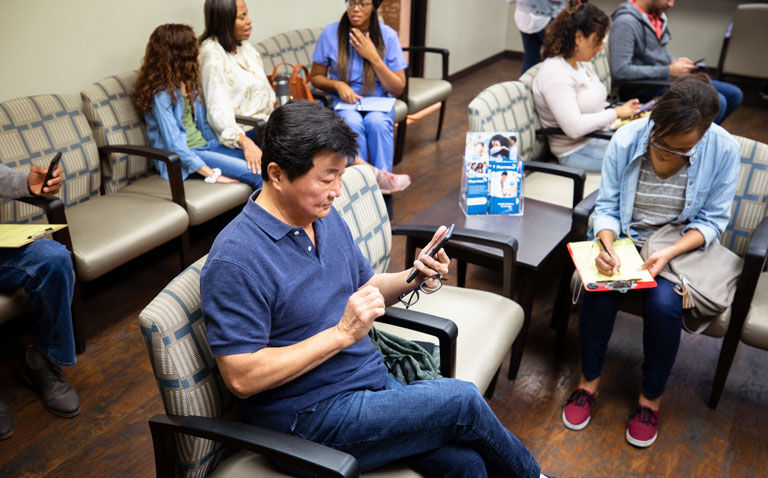The use of short-stay wards located in an emergency department (ED) and managed by emergency care clinicians, benefits patients by reducing their length of stay (LOS) and 28-day mortality risk, according to the findings of a retrospective study by Korean researchers.
Published in BMC Emergency Medicine, the researchers hypothesised that ED clinician care within the ESSW was more likely to reduce patient’s LOS in the department and without affecting overall clinical care. They retrospectively analysed adult patients who visited the ED at a tertiary academic hospital in Seoul.
The patients were divided into three groups: those admitted to the ESSW and treated within the ED (ESSW-EM); those admitted but treated by other departments (ESSW-Other) and those who were admitted to general wards (GW). The researchers had a single, co-primary outcome which was ED length of stay and 28-day mortality.
An effective strategy
A total of 29,596 patients were included in the analysis, with 31.3% categorised as ESSW-EM and 59.8% as GW.
When comparing ED LOS, the researchers found that the shortest time was for those in the ESSW-EM group (mean 7.1 hours). The mean ED LOS was 8.0 hours and 10.2 hours in the ESSW-Other and GW groups respectively (p < 0.001 for both comparisons). In addition, 28-day hospital mortality was 1.9% for the ESSW-EM group and 4.1% for the GW group (p < 0.001).
Using multivariable logistic regression analyses, being in the ESSW-EM group was independently associated with a lower hospital mortality compared with both the ESSW-Other group (adjusted p = 0.030) and the GW group (adjusted p < 0.001).
With patients’ LOS being a potential surrogate marker for overcrowding, the authors suggested that admission to an ESSW, under the care of emergency care clinicians, is a potentially effective strategy to alleviate emergency department overcrowding and improve patient outcomes.
Ed overcrowding in context
Emergency department boarding, or overcrowding, is known to increase both hospital LOS and mortality. Consequently, in an effort the alleviate overcrowding, many Westernised countries have introduced a waiting time target, to reduce the time spend by patients in the department. This target has often been set at four hours and there is some evidence that it does reduce mortality rates. Nevertheless, a systematic review in 2010 concluded that the introduction of such targets, has not resulted in a consistent improvement in care.
An alternative proposed solution to reduce ED overcrowding and the associated mortality risks, is to have short-stay units within the ED. These emergency department short-stay wards (ESSW) are specific areas within the department designed to provide short-term care for a selected group of patients and hopefully to alleviate overcrowding.
While a potentially promising approach, a systematic review in 2015 noted insufficient evidence to make any firm conclusions on either the effectiveness or safety of short-stay units compared with inpatient care. Nevertheless, other work has shown that use of an ESSW is associated with a low rate of subsequent ICU admission. In contrast, an ESSW designed to manage patients with cardiac problems, actually increased patient’s hospital LOS.
Despite the limitations of the evidence, no previous studies have explored the potential benefit of using emergency care clinical staff within the ESSW.










